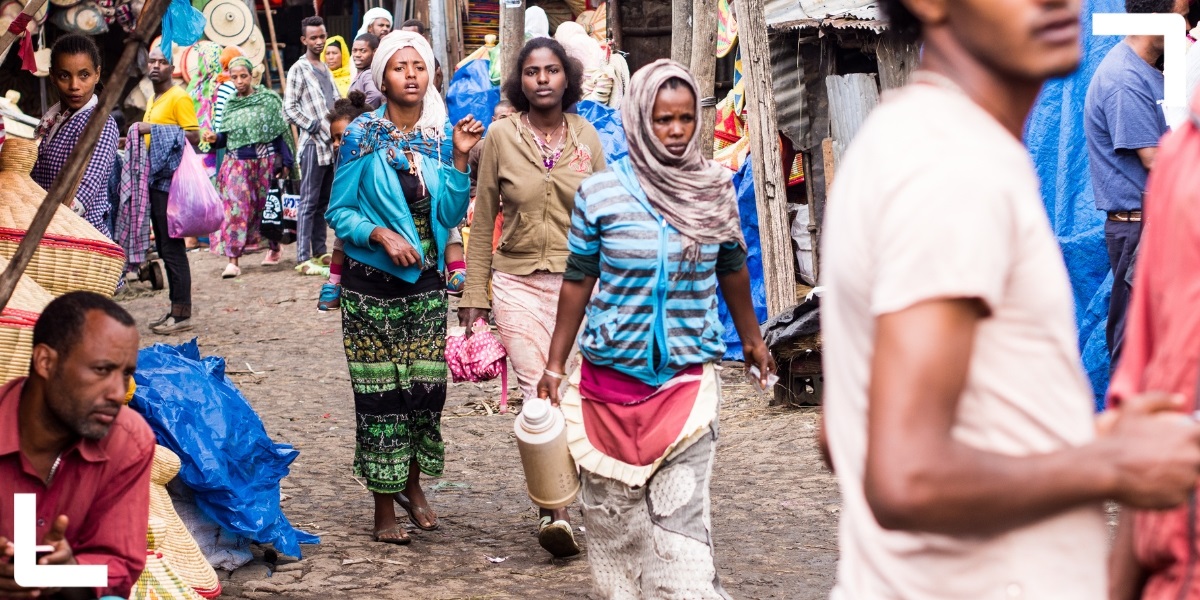By Elizabeth Dessie; first published on URBANET.
In African cities, young people struggle with limited opportunities and systemic failures. How can cities overcome these barriers to secure their future?
Young people represent a demographic majority in most African cities. However, young people and their rights to equal, integrated and uninterrupted access to education, secure and decent work, healthcare and safety do not always represent a priority for the state.
Young people often play a pivotal role in political campaigns and are considered central in mobilising pre-electoral change-centred sentiment – but for the most part, many promises from political elites are left unmet, leaving young women and men to make do with the opportunities they create for themselves. This is particularly notable in cities, which manifest the possibilities that come with economic success, whilst simultaneously embodying the stark contrasts that exclusionary development produces.
Recently published research conducted by the youth and capability development domain at the African Cities Research Consortium draws on findings from five African cities – Addis Ababa (Ethiopia), Freetown (Sierra Leone), Kampala (Uganda), Maiduguri (Nigeria) and Mogadishu (Somalia) – to better understand the challenges that young people face in their transitions into adulthood. Its findings are informed by a theoretical framework centred around a political settlement analysis.
The research has identified unemployment as the overarching concern urban youth face in their everyday lives. Many respondents point to a lack of commitment to meaningful, long-term solutions from the state as the underlying cause for their hardship. Alongside unemployment, they named a lack of quality and integrity of several crucial city systems – namely education, healthcare, transportation, finance, and law and order – hindrances to young people’s ability to move into adulthood with the required assets and resources.
The importance of multisectoral approaches
Whilst limited access to healthcare, low-quality education and other services mean that young people’s school-to-work transitions are impeded, findings from our research show that even in the presence of learning facilities and infrastructure appropriate for service provision, serious challenges remain.
“Overcrowded classrooms, low morality among the teachers, puny salaries for teaching and non-teaching staff, infrastructural deficiencies, and a collapse of governance at the school, district, and national level have all become part of this systemic failure.”
– Key informant in Kampala
Cities like Freetown, Maiduguri, and Mogadishu advocate for non-governmental actors to play a part in addressing gaps in state-led service provision. However, the quality of services provided generally falls short, and access for the most underprivileged remains a luxury.
“TVET education is expensive, and this is a major challenge for young people who may have dropped out from formal schooling. TVET education should always be a ready option, but some of these courses are costly and that discourages many young people from enrolling.”
– Key informant in Freetown
Addressing the systemic failures of cities and their impacts on young people’s lives requires a multisectoral approach. This involves state institutions building partnerships with international and national non-governmental organisations (INGOs/NGOs), the private sector, and civil society in an effort to address the structural obstacles that obstruct young people’s ability to move forward in their lives. By drawing on the heterogeneity and leverage of a variety of stakeholders, multisectoral strategies may produce outcomes that result in more targeted, consistent, long-term improvements to the livelihood challenges that young people face.
Tackling inequality through political inclusion
In instances where young people do find work in the city, the pay they receive often does not stretch far enough to meet their basic living needs. This is particularly true amongst young women with children, who already face an array of challenges navigating labour market conditions.
“We are not even paid the cost of a single jacket we produce. I struggle a lot to cover my expenses. One day I had nothing to put in the lunch box for my son.”
– Factory employee in Addis Ababa
For young women and adolescent girls in particular, the need to get by in cities often leads to interrupted educational pathways which results in disenfranchising outcomes for their transitions towards adulthood. In Freetown and Maiduguri, unplanned pregnancies create conditions that force women and girls to drop out of school, with boys left to pursue their education uninterrupted by childcare responsibilities.
Moreover, urban public spaces were also identified as sites of pronounced insecurity for women and girls, whose everyday mobilities exposed them to the risk of being subjected to gender-based violence. The lack of incentive to integrate young women’s voices into formal politics means that the everyday challenges they face go unregistered.
“There are few women in political positions such as […] commissioner, but they hardly have a strong say on governance and even business. The men seem to have a stronghold and control nearly everything.”
– Civil servant in Maiduguri
While converting social norms can be particularly difficult to tackle, it is vital to recognise the political agency of youth in the design of more inclusive cities. If young people were afforded meaningful representation in formal politics, cities would be shaped by their authentic voices, challenges, concerns, and innovations. With time, such representations would build the potential to challenge disenfranchising configurations of power that cut across the social and political divide. As a result, this would dismantle social norms associated with gender – as well as other social categories of differentiation – and set the foundations for more inclusive cities for all.
Despite the many challenges faced by young people in African cities detaching them from linear transitions into adulthood, our research points to resourcefulness and a wealth of aspirations as some of the core assets that youth dispose of. It is vital to acknowledge youth in cities not solely as a demographic category, but most importantly as citizens who form an integral part of the social, political, and economic fabric of African societies of today and tomorrow.
This article is republished with permission from URBANET. Read the original article.
Photo credits: Sohadiszno / iStock. Young people at Addis Mercato in Addis Ababa, Ethiopia, the largest market in Africa.
Note: This article presents the views of the author featured and does not necessarily represent the views of the African Cities Research Consortium as a whole.
The African Cities blog is licensed under Creative Commons Attribution-NonCommercial-NoDerivatives 4.0 International (CC BY-NC-ND 4.0), which means you are welcome to repost this content as long as you provide full credit and a link to this original post.


